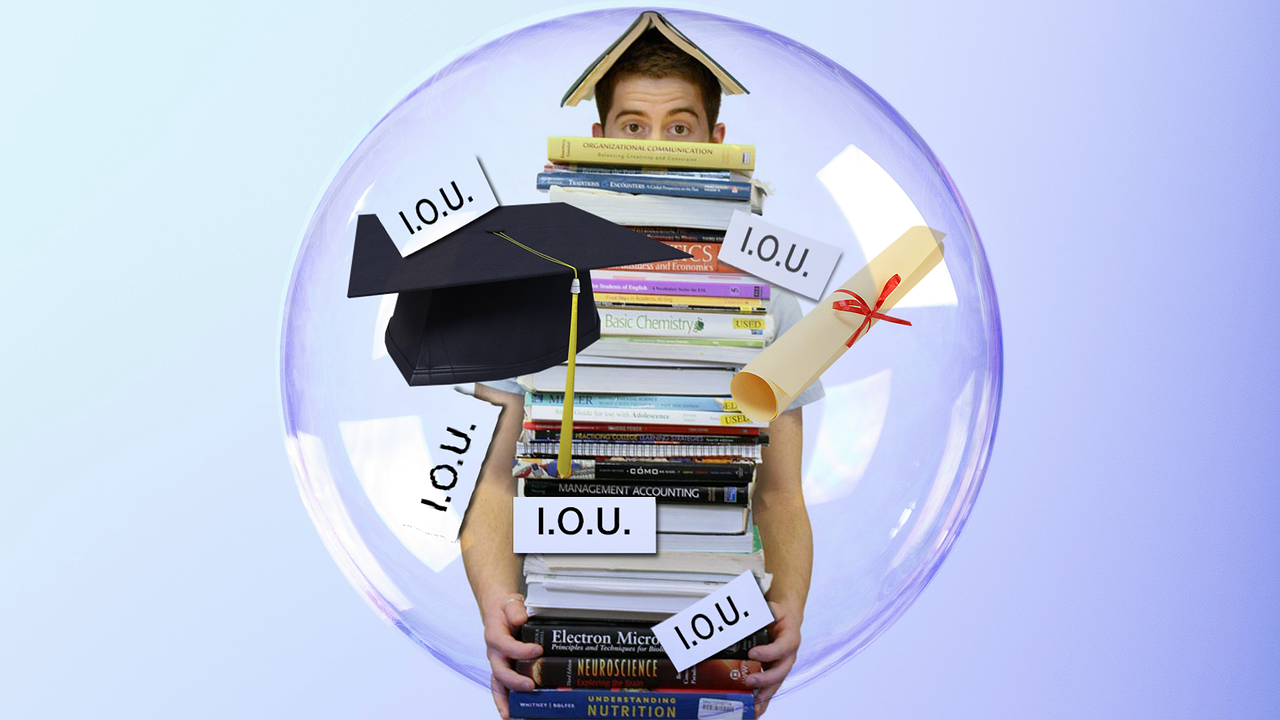President Biden announced he will forgive $10k in student loan debt for borrowers making under $125k and has paused student loan payments.
Student Loan Forgiveness Details
The White House and Biden administration officials have released statements explaining Biden’s new student loan forgiveness program.
Currently, over 43 million Americans have student debt which accumulates to about $1.6 trillion in total outstanding federal student debt. Biden’s plan expects to provide complete debt relief for roughly 20 million borrowers who fall into special categories.
The White House released the debt relief program as a “three-part plan”:
- Debt Relief
-Provide up to $20,000 of debt relief to Pell Grant recipients with loans held by the Department of Education.
-Provide up to $10,000 in debt cancellation to non-Pell Grant recipients for borrowers if individual income is less than $125,000 or $250,000 for married couples. Nearly 90% of relief dollars will go to borrowers no longer in school and earning less than $75,00 a year.
-Federal student loan payments will remain paused until January 2023; this will be the last pause for Americans.
-Instead of 20 years, borrowers with original loan balances of $12,000 or less will have loan balances forgiven after 10 years of payments.
-No borrower’s loan balance will grow as long as borrowers make monthly payments.
2. Student Loan Payments
-Cut monthly payments in half for undergraduate loans with a new income-driven repayment plan to protect low-income borrowers, capping monthly payments loans at 5% of the borrower’s discretionary income. (half the rate of current income-driven plans)
-Fix Public Service Loan Forgiveness (PSLF) program for borrowers who’ve worked in nonprofit, military, federal, state, tribal, or local government, so they receive a credit toward loan forgiveness.
3. Reduce College Costs and Hold Schools Accountable
-To double the maximum Pell Grant and make community college free, and for colleges to keep prices reasonable.
Other Details
-Current students with loans are eligible, and borrowers who are dependent students will be eligible for relief based on parental income, rather than their own income.
-Borrowers who make less than $125,000 annually and married couples or heads of households making less than $250,000 annually but did receive a Pell grant as an undergraduate student will have up $20,000 of their student loan debt forgiven.
Examples
Below are examples of payment plans based on 5% of a borrower’s monthly income, rather than 10% today, and can be found on the White House briefing room statement website, here.

Burning Questions
How can you claim student debt loan relief?
An application process will open soon so borrowers can start their debt relief process, per the White House’s statement the application will be available “no later than when the pause on federal student loan repayments terminates at the end of the year”.
More information will be released within the next couple of months, in the meantime, you can sign up to subscribe to the Department of Education’s newsletters and updates.
Although the Federal Student Aid explained the forgiveness program here, troves of Americans are still scratching their head with questions.
Here are a few burning questions many have been asking:
- Can current students apply for further forgiveness, again, after graduation (after this year)?
- Can a student or former student who has loans with a private organization get new loans from the federal government and request forgiveness?
- Will people who paid student loans off already, receive a reimbursement?
- Clarify Pell Grant forgiveness
- What is the deadline for when the debt gets canceled?
- Does it apply to “Parent Loans/Parent Plus Loans”?
- Will illegal immigrants qualify for loan forgiveness?
About 8 million borrowers may be eligible to receive debt forgiveness automatically since the Department of Education states they already have citizen’s income information, per the FSA.
Pushback
A Fox News article pointed out, “According to a Penn Wharton Budget Model, a one-time maximum debt forgiveness of $10,000 for borrowers who make less than $125,000 will cost around $300 billion for taxpayers. Some economists argue that will spur inflation. The $300 billion adds up to about the amount of deficit reduction included in the so-called Inflation Reduction Act passed earlier this month.”
Senate Minority Leader Mitch McConnell (R-KY) was angry at the announcement and said that Democrats “found yet another way to make inflation even worse, reward far-left activists, and achieve nothing for millions of working American families who can barely tread water.”
Biden says that $50 billion a year will start coming back into the Treasury because of the resumption of debt and stated that the plan would not increase inflation, but it would be “neutral or deflationary.”
Former students and some taxpayers are angry because their taxes are being contributed to paying off loans that the borrower should responsibly pay.
Get the news you need at It’s On News.com.



While there are and or were various problems with this student loan thing, it seems correct me if I’m wrong here, that some people, not exclusively students failed to understand that loans are something to be repaid.
[…] Biden’s New Student Loan Forgiveness Explained […]